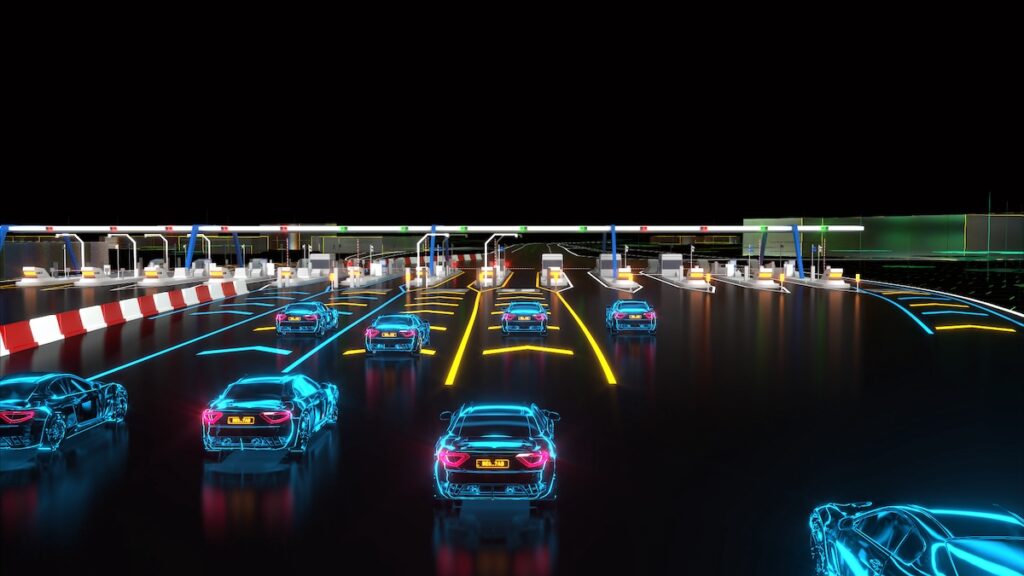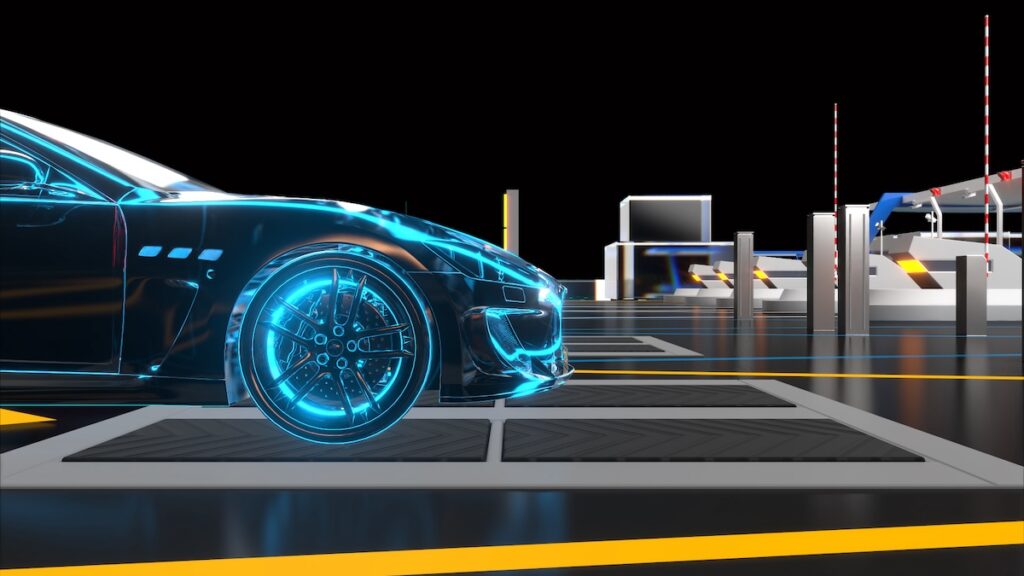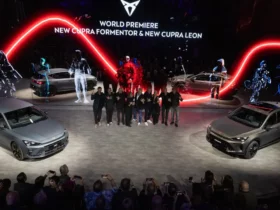Motorways for Italy has started the KEHV project, Kinetic energy harvesting from vehicles, which will make it possible to illuminate service stations and motorway toll booths thanks to the passage of vehicles, with thediet through kinetic energy.
But what is it concretely about?

Petrol stations and toll booths powered by kinetic energy
Motorways for Italy renews its commitment to green and sustainable mobility with the new KHEV project which aims to feeding service stations and motorway toll booths thanks to passage of carsor rather, thanks tokinetic energy produced by the passage of vehicles.
In concrete terms, this involves equipping service stations and toll booths with one technological platform capable of transforming thekinetic energy of electric vehicles. The result is self-produced power that can be used for the operation of toll booths or for the lighting of petrol stations.
This technology was developed by Movyon, the Autostrade per l’Italia Group’s center of excellence for research and innovation and leader in the development and integration of advanced Intelligent Transport Systems and infrastructure monitoring solutions.
The first tests in Tuscany
The first tests of the KHEV project forpower through kinetic energy of the cars left in Tuscany, in the Arno Est service area on the A1 motorway, and the testing will continue in the coming months. The goal is to find an additional source of clean energy to power motorway infrastructure in addition to the photovoltaic system already widely used.
From initial estimates, an average passage of 9 thousand vehicles per day could produce around 30 MWh in a year, resulting in a reduction of 11 tons of CO2. In a motorway barrier like Florence West, for example, electricity consumption is approximately 60 MWh/year. Thanks to the installation of two systems it will therefore be possible to completely eliminate the energy requirements of the station.
According to estimates developed by Movyon, at the barriers of Milan North and Milan South there is an average daily traffic of approximately 8 thousand heavy vehicles and 63 thousand light vehicles. The new plants, therefore, could reach an overall annual production for each of the two stations of over 200 MWh, with a saving of 70 tons of CO2/year.
The project then involves the installation of technological platforms also on other particularly busy motorway networks.

How the KHEV project was born
The KEHV project is based on the LYBRA plant developed by the startup 20energy srl. The plant that allows you to transform thekinetic energy in electricity it has a specific functioning and the energy is made usable through a electronic converter which allows it to be connected to the network.
KHEV is one of the many projects developed by the Autostrade per l’Italia Group, which are part of a broader program of innovation and sustainability for the mobility of the future.
















Leave a Reply
View Comments